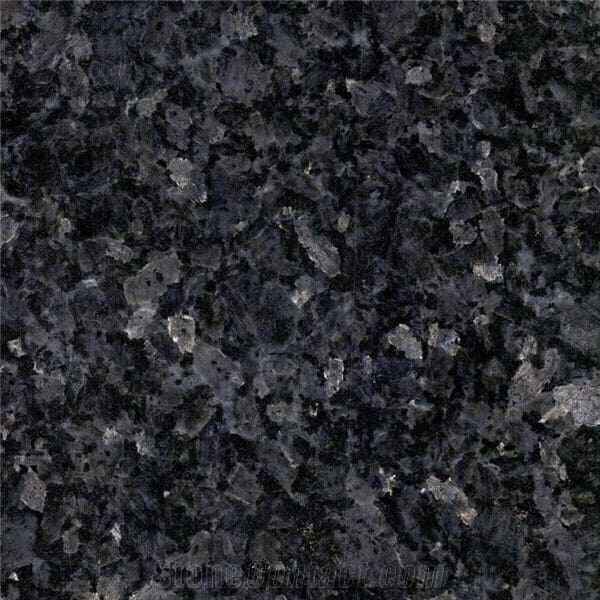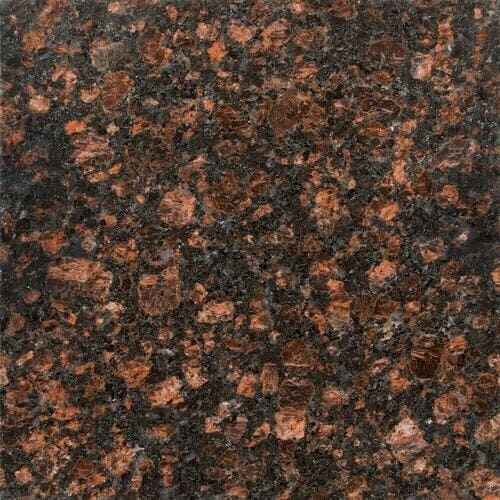Granite
Granite is an igneous rock that forms from magma with a high content of silica and alkali metal oxides. It is coarse-grained (phaneritic) and primarily composed of the following minerals:
- 1.Quartz
- 2.Alkali feldspar
- 3.Plagioclase
These minerals create an interlocking matrix, with feldspar and quartz forming the bulk of the rock. Darker minerals such as biotite mica and amphibole (often hornblende) are scattered throughout the lighter-colored minerals. Occasionally, individual crystals (phenocrysts) are larger than the groundmass, resulting in a porphyritic texture. When a granitic rock exhibits this texture, it is called a granite porphyry.
Granites can be predominantly white, pink, or gray in color, depending on their mineral composition. The alkali feldspar in granites is typically orthoclase or microcline, often perthitic. The plagioclase is usually sodium-rich oligoclase, and phenocrysts are typically alkali feldspar.


True granite, according to modern petrologic convention, contains between 20% and 60% quartz by volume, with 35% to 90% of the total feldspar consisting of alkali feldspar. Most granitic rocks also contain mica or amphibole minerals, although some, known as leucogranites, contain almost no dark minerals
Granite’s properties—being massive, hard, and tough—have made it a popular construction stone throughout human history. Whether it’s used for countertops, flooring, or monuments, granite’s durability and aesthetic appeal have stood the test of time. The name “granite” itself comes from the Latin word “granum,” meaning grain, referring to its coarse-grained structure.
If you’re considering granite for your next project, you’ll find it to be a reliable and versatile choice!